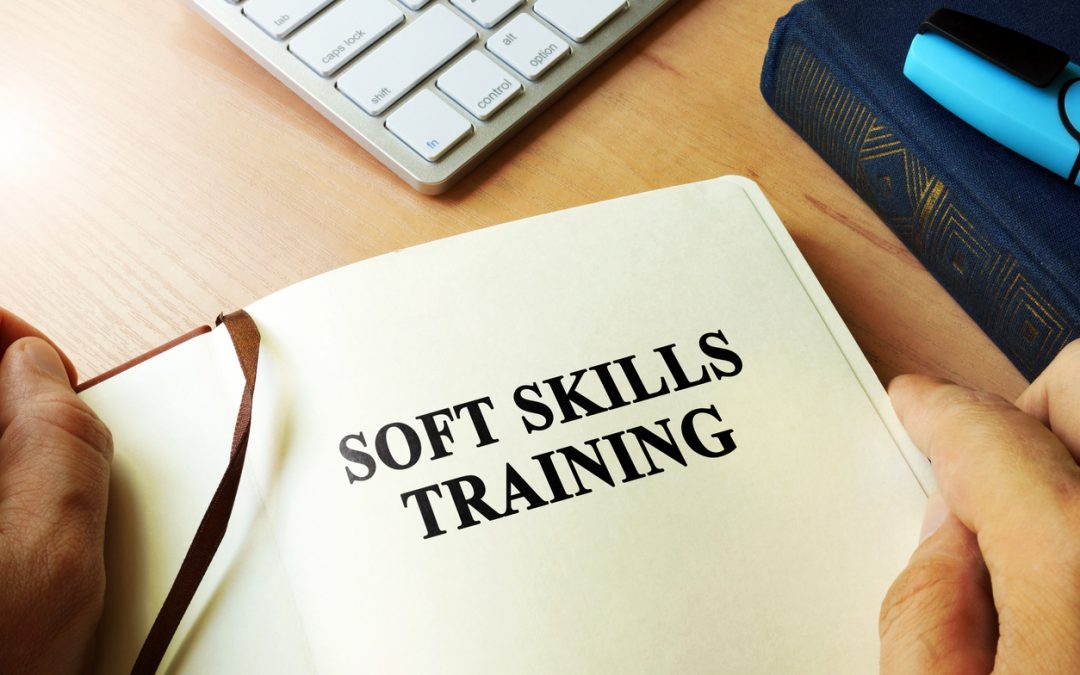What are Soft Skills?
Soft skills, also known as interpersonal skills, essential skills, and noncognitive skills, relate to how you work. They include communication skills, listening skills, time management, empathy, problem solving, adaptability, work ethic and much more. Possessing a variety of soft skills makes both leaders and employees more successful in the workplace.
The Increased Importance of Soft Skills
The COVID-19 pandemic has made soft skills even more important and valuable. Vast layoffs, personal suffering, workplace transitions, downsizings and economic uncertainty has made the need for leaders who possess top-notch soft skills such as resilience, compassion and adaptability, evident. This is because these traits give leaders a better chance of successfully navigating their organizations and people through not only this crisis, but future crises as well.
With all the changes and uncertainty we are facing in today’s world, it is also important for employees to possess soft skills. Resilience, empathy, listening skills and collaboration skills are all necessary for success.
Investing in Soft Skills
Human Resource departments are currently facing both an opportunity and a challenge when it comes to soft skills. Given the clear benefits soft skills serve in a current and post COVID-19 world, HR executives want to ensure their workers, especially managers, have these vital skills.
However, the COVID-19 pandemic and resulting economic instability has led to many organizational budget cuts. This makes investing in programs that help employees develop soft skills more challenging. Luckily, a recent SHRM article explains a 5 step process for measuring and showing the ROI for soft skills.
How to Measure the ROI for Soft Skills
Even during a time of budgetary pressures, the following 5 step process will help show the ROI of investing in employee development:
- Start with the “Why:” Keep in mind that many soft skills programs do not directly connect to the business, you have to discover that connection. For example, if you are want to focus on the overall impact, that should be your starting point for discovering your “why.” In some situations, an analysis may be needed that involves interviews, focus groups, examining organizational records or using diagnostic tools.
- Create a Plan: The next step entails defining the desired outcomes and business impacts, creating objectives and developing a plan. Ensure that you include your stakeholders and get them engaged with the process. When the expectations are explained properly, stakeholders, including participants, will usually step up to their responsibilities and take the journey to impact and ROI.
- Collect Data: When collecting data on behavior change and its impact, talent development professionals will have to go a step farther than traditional data collection. Data collection methods may include observation, focus groups, interviews, performance reviews, customer feedback and surveys of both the individual and stakeholders. As it relates to impact, data sources can include key business metrics such as productivity levels, customer satisfaction scores, error rates and the number of workplace accidents.
- Analyze the Data: This is the most important step when determining ROI. With impact data collected, the first step is to isolate the effects of the soft skills program from other influences. Next, the impact data should be converted to money to quantify the program’s monetary benefits. Leave impact measures that cannot be converted within a reasonable amount of time, such a teamwork, customer satisfaction, etc., as intangibles. From there, use the following equations:
- Benefit-Cost Ratio = Program Benefits / Program Costs
- ROI (%) = (Program Benefits – Program Costs X 100) / Program Costs
- Communicate Results: The final step is to communicate the results to the proper audiences. You should also use the data to improve the programs, essentially optimizing their ROI. That, in turn, improves the case for continuing to fund them.
This approach to measuring the impact of investing in soft skills. would apply at any time. It is, however, given the vast fallout from COVID-19 it is ten more relevant. For more information on soft skills and for a more detailed explanation of this 5 step process, visit SHRM!




